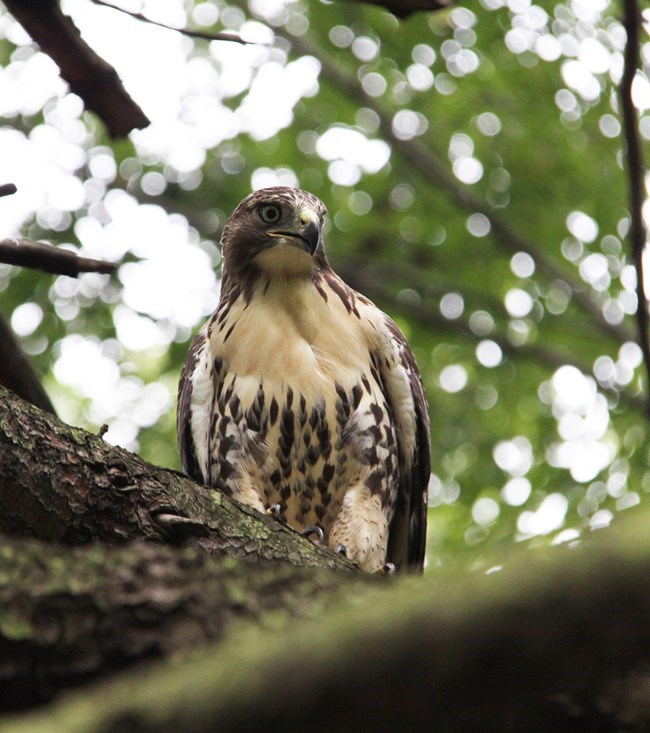Last updated: April 8, 2020
Article
White Haven's Wildlife

NPS/David Newmann
Julia was an observer of nature and spent much time outdoors enjoying the wildlife. This appreciation was developed early in her life, and she credited her good health to all of the time she spent outdoors. As a young girl with four older brothers, Julia was an agile tree climber and explorer. The children collected bird’s nests and owned several pets of their own. Julia was also an angler and a bird watcher: “We would wander by the brookside [and] catch minnows with pin-hooks . . . In the trees above were small houses for the swallows and martins.” Julia may have even seen the now extinct Carolina Parakeet or Passenger Pigeon!

NPS/Bill Meyer
The nature loving aspect of Julia’s personality may have been a point of attraction for Ulysses. After meeting they became fast friends, spending much time together enjoying the outdoors. Julia was an expert equestrian and they would take long rides together in the forests. She would also pick flowers for Ulysses to carry back to his post at Jefferson Barracks and later, when he was stationed in Mexico, she would enclose flower blooms with the letters she sent him.

NPS/David Newmann
The park provides habitat for a surprisingly wide diversity of plants and animals, including over 50 species of trees, over 60 species of migratory and resident birds, and over 20 different species of mammals including bats and coyotes. Detailed lists of these trees and animals are available in the Visitor Center.
